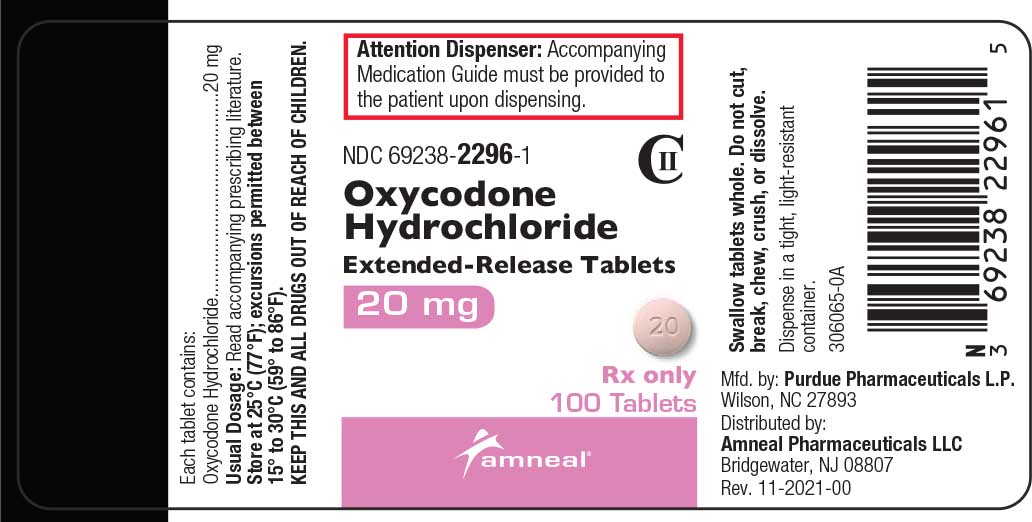Vital Information for Those Looking to Buy Oxycodone Online
Understanding the Different Kinds Of Oxycodone Formulations Available in the Market
In the world of discomfort administration, oxycodone stands as a potent analgesic with numerous solutions customized to particular requirements. Recognizing the subtleties in between immediate-release, extended-release, controlled-release, combination, and abuse-deterrent formulas is vital for doctor and clients alike. Each variant deals a distinct set of factors to consider and advantages, affecting therapy efficacy and security profiles. By diving into the unique features of these oxycodone solutions, a more clear photo emerges regarding their suitability for different clinical circumstances.
Immediate-Release Oxycodone
Immediate-release oxycodone is a commonly prescribed opioid medication typically made use of to manage acute pain. It comes from a course of drugs called opioid anesthetics, which work by binding to opioid receptors in the brain and back cable, minimizing the assumption of pain. This solution of oxycodone is made to offer rapid pain alleviation, typically within 15 to 30 mins of intake, with peak results occurring within 1 to 2 hours.
Doctor might prescribe immediate-release oxycodone for problems such as post-operative pain, injuries, or other temporary unpleasant problems. When taking immediate-release oxycodone to minimize the danger of side results and problems., it is necessary for people to follow their medical care service provider's instructions very carefully.

Extended-Release Oxycodone
Given the requirement for longer-lasting pain management options in particular instances, Extended-Release Oxycodone provides a sustained-release formula of the medication for extensive relief. This formula is developed to slowly release oxycodone right into the blood stream over a prolonged duration, generally supplying relief for up to 12 hours per dosage. Extended-Release Oxycodone is frequently recommended for people needing 24/7 pain administration who can not accomplish ample alleviation with immediate-release solutions alone.
One of the key benefits of Extended-Release Oxycodone is its capacity to keep steady drug levels in the body, minimizing the regularity of dosing contrasted to immediate-release formulations. This extended application period can cause boosted comfort for individuals and potentially better discomfort control by minimizing fluctuations in drug concentrations.
It is vital to keep in mind that Extended-Release Oxycodone lugs a high danger of misuse, dependency, and misuse, emphasizing the relevance of stringent adherence to the prescribed dosing regimen and close monitoring by medical care suppliers. Individuals should just use this solution under the advice of a health care specialist to minimize the threat of damaging impacts.
Controlled-Release Oxycodone
Exactly How does Controlled-Release Oxycodone vary from Extended-Release formulations hurting administration approaches?

Compared to Extended-Release formulas, Controlled-Release Oxycodone may use an extra exact and predictable launch of the drug. This can be valuable for individuals requiring consistent pain management without the find more info changes that might happen with other formulas. Additionally, Controlled-Release Oxycodone may be liked in cases where a much more steady and controlled launch of the medication is desired to take care of chronic pain conditions successfully.
Oxycodone Mix Formulations
Oxycodone Mix Formulations incorporate oxycodone with other active components to enhance discomfort monitoring efficiency. By combining oxycodone with compounds such as acetaminophen or pain killers, these formulations aim to give a synergistic result in soothing discomfort (Buy Oxycodone online). Acetaminophen, for instance, can enhance oxycodone's analgesic homes by targeting various pain pathways, potentially bring about boosted discomfort alleviation
One common oxycodone combination formulation is Percocet, which mixes oxycodone with acetaminophen. This mix is typically prescribed for moderate to severe pain management. An additional widely known formula is Endocet, which likewise incorporates oxycodone with acetaminophen, using comparable benefits in pain control.
The enhancement of other active ingredients in oxycodone combination solutions can likewise help in reducing the overall opioid dose required for reliable pain relief, possibly lessening the threat of side impacts connected with greater opioid dosages. It is crucial for healthcare companies to meticulously analyze each client's requirements and clinical background prior to prescribing oxycodone mix formulations to make sure effective and safe discomfort administration.
Abuse-Deterrent Oxycodone
Abuse-deterrent formulations of oxycodone have been established to aid alleviate the threats associated with opioid misuse and read here abuse. These solutions are created to make it more tough to damage the medicine for the purpose of abuse. They include specific modern technologies that discourage typical approaches of misuse, such as squashing the tablets for injecting or snorting. By making it more difficult to alter the medication's initial kind, abuse-deterrent oxycodone aims to reduce the possibility of abuse and dependency.
One typical method made use of in abuse-deterrent formulations is the enhancement of physical barriers that prevent the pills from being crushed or liquified easily. Some formulations also consist of materials that produce an undesirable result if the medication is damaged, better dissuading misuse. find out here While these formulations are not fail-safe and can not entirely get rid of the threat of misuse, they represent an advance in addressing the opioid epidemic by making it harder for people to misuse oxycodone.
Conclusion
To conclude, it is important for medical care experts to recognize the different types of oxycodone formulas readily available in the market. Immediate-release, extended-release, controlled-release, mix formulations, and abuse-deterrent oxycodone each have their very own unique attributes and signs. By being experienced about these formulations, medical care suppliers can make informed decisions when recommending oxycodone to patients, thinking about factors such as pain monitoring requires, potential for abuse, and private patient threat variables.
Extended-Release Oxycodone is typically suggested for individuals needing perpetual pain monitoring who can not achieve sufficient alleviation with immediate-release formulas alone. - Buy Oxycodone online
